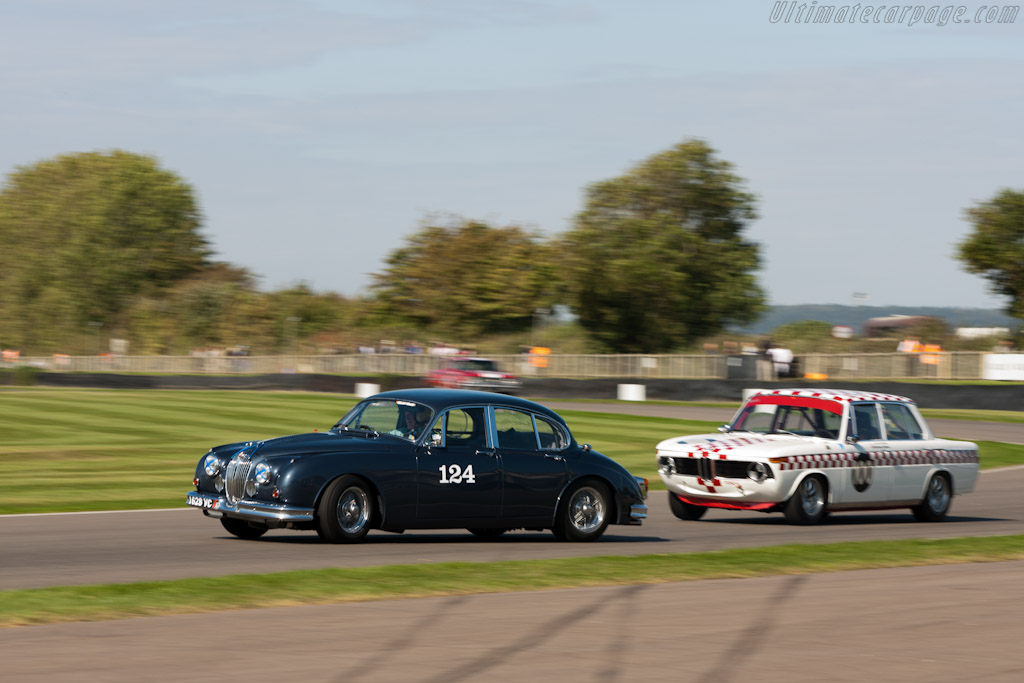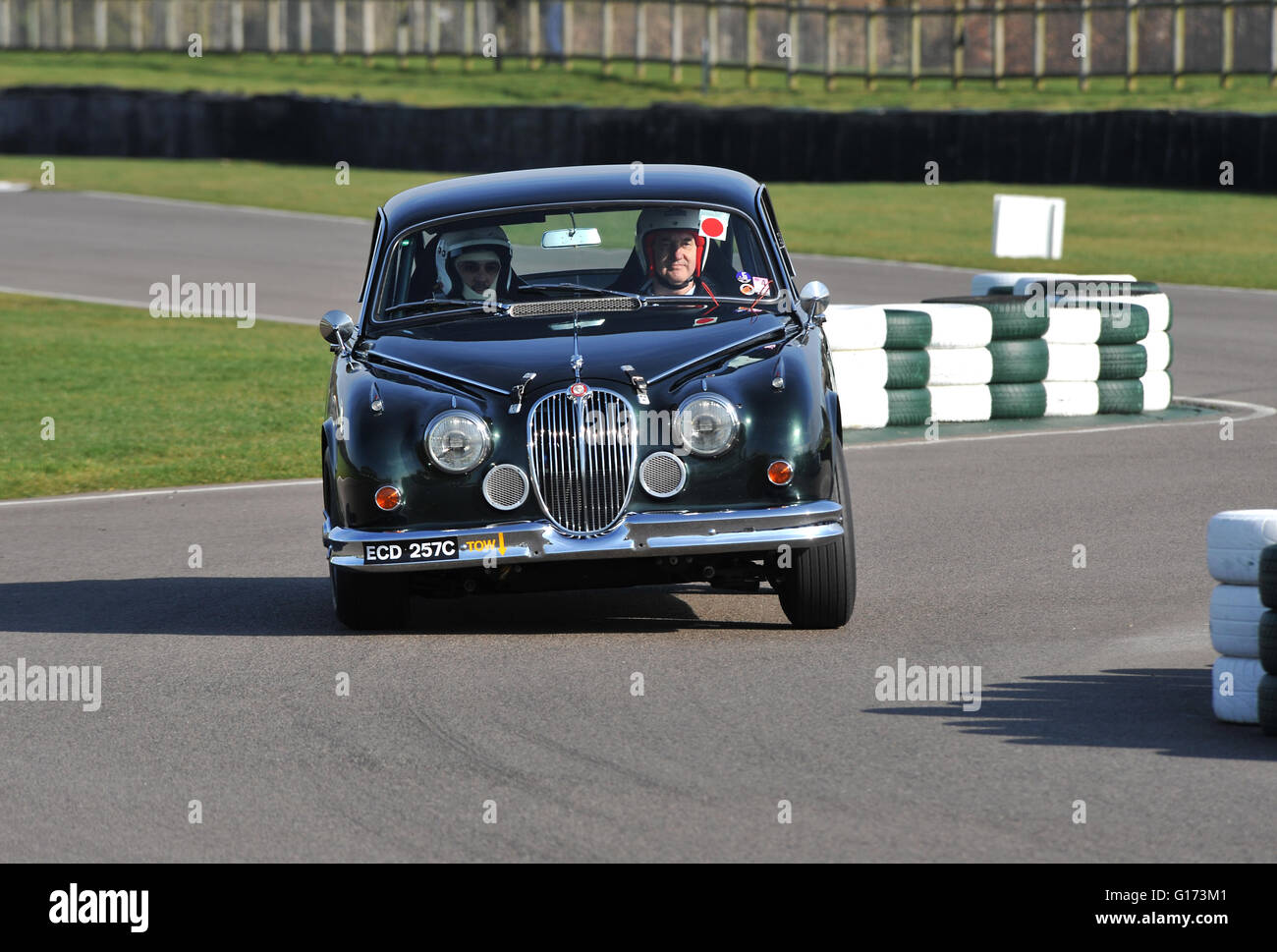Is the Jaguar MK2 the Ultimate Racing Car? A Deep Dive into a Classic Contender
The Jaguar MK2. The name itself conjures images of sleek lines, roaring engines, and a bygone era of automotive elegance. But beyond its undeniable aesthetic appeal, the MK2 carved a significant niche in the world of motorsport, particularly in the 1960s. Was it the “ultimate” racing car? That’s a bold claim, and this article will delve into the details, examining its strengths, weaknesses, and historical impact to help you decide. We’ll analyze its racing pedigree, technical specifications, and the context of its time to assess its place in the pantheon of classic racing machines.
The Jaguar MK2: A Brief Overview
Before we dissect its racing prowess, let’s establish the foundation. The Jaguar MK2, produced from 1959 to 1967, was a luxury sports saloon that replaced the Jaguar 2.4 and 3.4 models. It was available with three engine options:
- 2.4-liter inline-six
- 3.4-liter inline-six
- 3.8-liter inline-six (the most powerful and desirable for racing)
The MK2 was lauded for its performance, handling, and luxurious interior, making it a popular choice for both road and track use. This versatility is a key factor in understanding its racing success.
The Racing Pedigree: Where the MK2 Shone
The Jaguar MK2’s racing career is perhaps where it truly cemented its legacy. While not initially designed as a purebred race car, its robust construction and powerful engines made it a formidable competitor in various racing disciplines. Here’s where it excelled:
- Touring Car Racing: The MK2 dominated the touring car scene in the early to mid-1960s. It was particularly successful in the British Saloon Car Championship (later the British Touring Car Championship), where it consistently challenged and often defeated its rivals.
- International Endurance Races: The MK2 also saw success in international endurance events, proving its reliability and speed over long distances.
- Privateer Success: The MK2 was frequently driven by privateer teams and individual enthusiasts, showcasing its accessibility and adaptability for those willing to invest in preparation.
- Notable Victories:
- Numerous wins in the British Saloon Car Championship.
- Podium finishes in various international touring car races.
The MK2’s success wasn’t just about raw power; it was about a combination of factors, as we’ll explore.
Engineering and Performance: What Made the MK2 Competitive?
Several key engineering features contributed to the Jaguar MK2’s racing success:
- Powerful Engines: The 3.8-liter engine, in particular, offered impressive power and torque for its time, providing a significant advantage in acceleration and top speed.
- Independent Rear Suspension: This advanced feature for the era improved handling and road-holding, allowing for better cornering performance.
- Disc Brakes: Disc brakes on all four wheels provided superior stopping power compared to drum brakes, crucial for late braking and overall race control.
- Robust Chassis: The MK2’s strong chassis could withstand the rigors of racing, contributing to its durability and reliability.
- Aerodynamic Advantages: While not as aerodynamically refined as dedicated race cars, the MK2’s relatively streamlined shape for a saloon car provided some advantage.
However, the MK2 was not without its limitations. Its weight, particularly the 3.8-liter version, meant that it wasn’t as nimble as lighter, more purpose-built race cars.
Comparing the MK2: Strengths, Weaknesses, and Competition
To truly assess whether the Jaguar MK2 was the “ultimate” racing car, we need to compare it to its contemporaries and acknowledge its strengths and weaknesses:
Strengths:
- Powerful Engine: Provided ample power for its class.
- Good Handling: Independent rear suspension significantly improved handling.
- Reliability: Robust construction made it relatively reliable, crucial for endurance racing.
- Iconic Status: The MK2’s iconic design and performance made it a fan favorite.
- Versatility: Suitable for both road and track use, making it accessible to a wider audience.
Weaknesses:
- Weight: Heavier than some of its competitors, impacting agility.
- Aerodynamics: Not optimized for racing, leading to drag at high speeds.
- Braking System: Although having disc brakes, they could be prone to fade under extreme conditions.
- Competition: Faced fierce competition from cars like the Ford Falcon, Alfa Romeo Giulietta, and others.
Competition:
- Ford Falcon: A formidable rival in touring car racing, known for its power and American muscle.
- Alfa Romeo Giulietta: A nimble and agile competitor, particularly in smaller displacement classes.
- Mercedes-Benz 220 SE: Known for its build quality and reliability.
Conclusion: The MK2’s Legacy and the “Ultimate” Question
The Jaguar MK2 was undoubtedly a successful and influential racing car. It dominated touring car racing in its era, captivated audiences with its style, and cemented its place in automotive history. While its weight and aerodynamic limitations prevented it from achieving overall victory in certain events against purpose-built racing machines, its reliability, power, and handling made it a formidable competitor.
So, was it the “ultimate” racing car? That’s a subjective judgment. It wasn’t the fastest or most technologically advanced car of its time, but it was a highly effective and iconic machine. Its appeal extended beyond the track, making it a symbol of both performance and elegance. The Jaguar MK2’s legacy is secure, and its impact on motorsport remains undeniable. It was, and remains, a truly special car.
Frequently Asked Questions (FAQs)
1. What engine options were available for the Jaguar MK2?
The MK2 was available with 2.4-liter, 3.4-liter, and 3.8-liter inline-six engines. The 3.8-liter was the most powerful and popular for racing.
2. What type of racing was the Jaguar MK2 most successful in?
The MK2 was most successful in touring car racing, particularly in the British Saloon Car Championship.
3. What were some of the main advantages of the MK2 as a racing car?
Key advantages included its powerful engine, independent rear suspension, disc brakes, and robust chassis.
4. What were some of the disadvantages of the MK2 as a racing car?
The MK2 was relatively heavy compared to some competitors, and its aerodynamics were not optimized for racing.
5. How did the Jaguar MK2 influence the development of racing cars?
The MK2 helped popularize the concept of a powerful, luxurious saloon car that could also compete on the track. It demonstrated that performance and elegance could coexist, influencing the design and engineering of subsequent racing cars.




